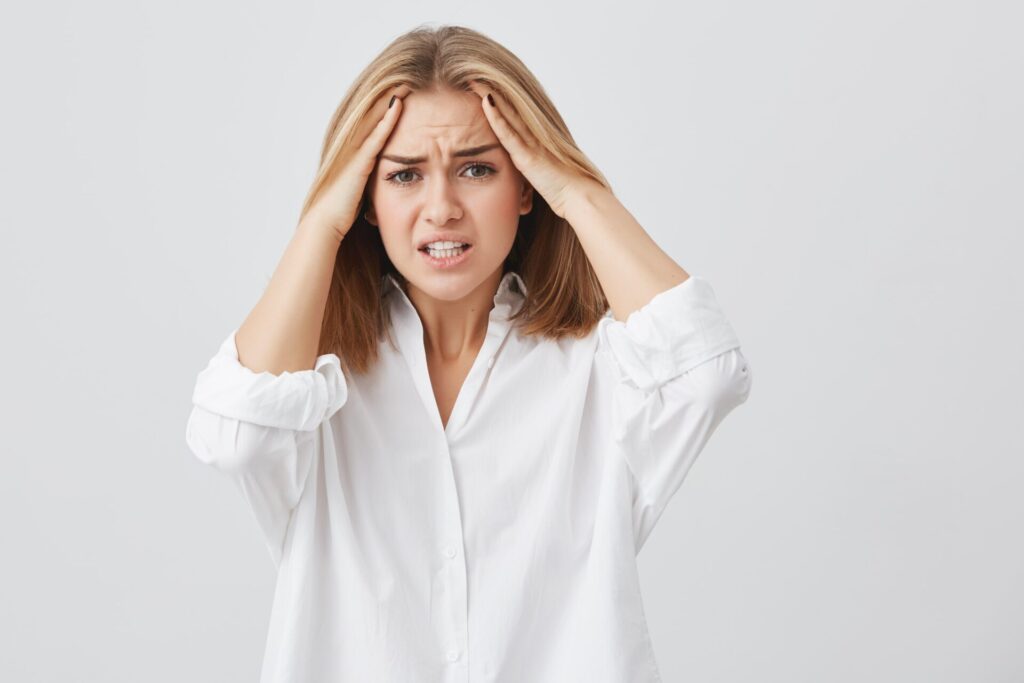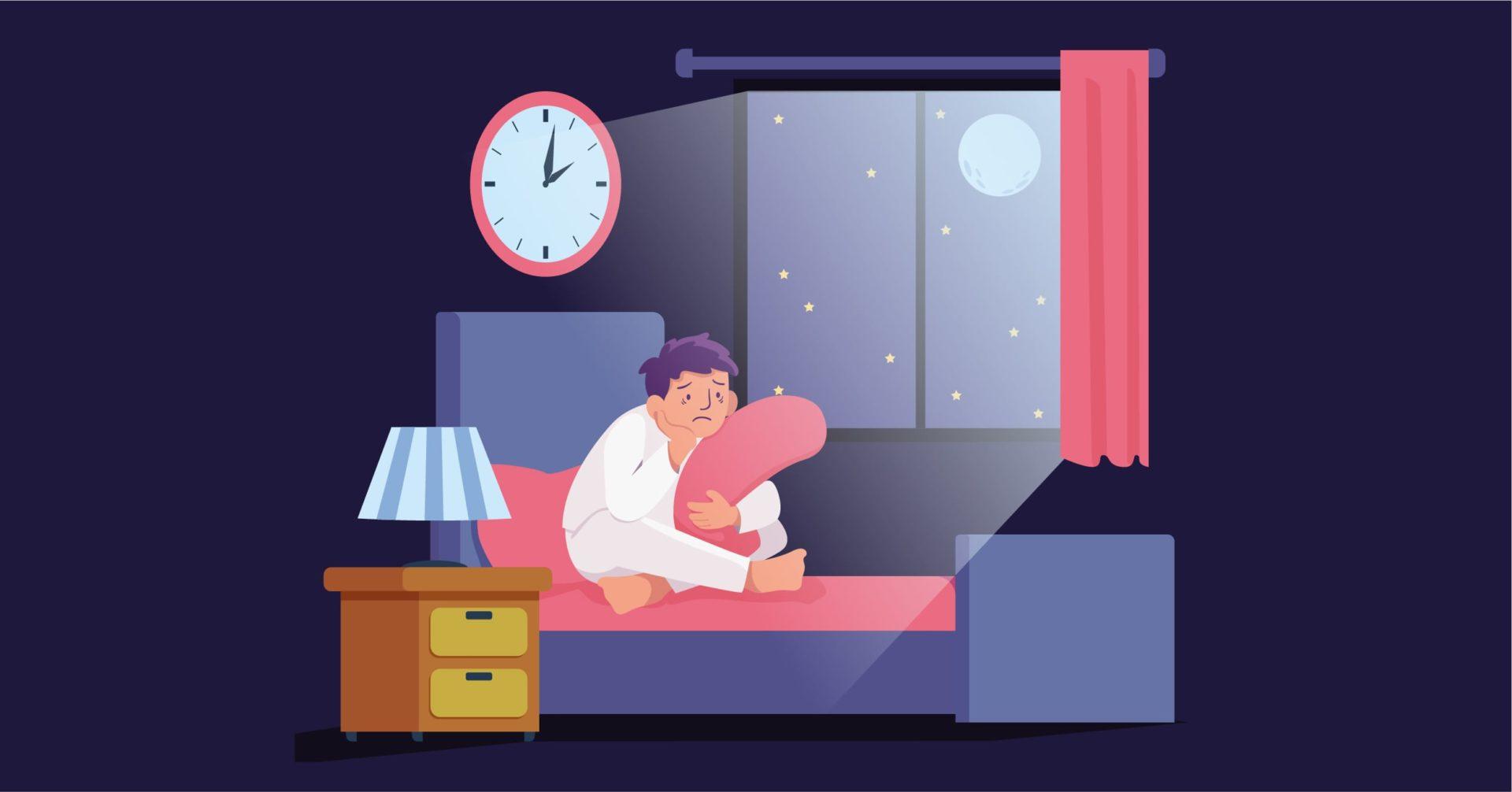Overview
Substance/Medication-Induced Psychotic Disorder is a type of psychotic disorder that arises out of the use of some form of substance or medication, including recreational drugs or alcohol. The disorder is characterized by hallucinations (sensory perceptions in the absence of stimuli, such as hearing voices or feeling something crawling on one’s arm), and delusions (false beliefs that do not align with reality, such as believing that one’s life is at risk). These symptoms may persist even after the removal of the offending agent from the system.
A male preponderance is observed in the prevalence of the disorder, and use of substance or medication is required prior to the onset of psychosis in order to diagnose Substance/Medication-Induced Psychotic Disorder. Multiple demographic factors, as well as genetic and biological factors have been associated with the disorder.
Treatment of Substance/Medication-Induced Psychotic Disorder usually takes place in emergency room settings, and acute treatment includes removal of the offending agent. Pharmacological treatment may involve the use of antipsychotics. Long-term treatment is required, and usually comprises of a combination of psychosocial intervention and pharmacotherapy.
Signs and Symptoms
Signs and Symptoms of Substance/Medication-Induced Psychotic Disorder include the following after substance intoxication or withdrawal or use of medication:
- Delusions: beliefs that conflict reality, such as being convinced that one is being followed, or being convinced that one’s life is in danger
- Hallucinations: perceiving something that is not present, such as hearing voices or noises, smelling or sensing things, seeing people, etc.
- Disorganized behavior and thoughts
- Scratching the skin due to sensory hallucinations
- Anxiety
- Emphatic changes in mood
- Depersonalization: feeling detached from one’s body or self
- Increased blood toxicity
Risk Factors
There is a male preponderance in the prevalence of Substance/Medication-Induced Psychotic Disorder. Demographic factors such as low level of education, being single and unmarried, being widowed or divorced, and unemployment have also been associated with the disorder. Being of younger age at the start of substance use or dependence is linked with a higher risk of lifetime Substance/Medication-Induced Psychotic Disorder.
Almost all individuals who experience episodes of Substance/Medication-Induced Psychotic Disorder also present with some sort of comorbid psychiatric disorder, primarily alcohol or substance use disorder. Individuals with alcohol use disorder commonly present with symptoms such as insomnia, anxiety, and depression. There is also a higher risk of Schizophrenia involved for those at risk for or having experienced Substance/Medication-Induced Psychotic Disorder.
The onset of psychotic symptoms in association with use of substance or medication is broadly linked to either intoxication or withdrawal. Alcohol, cannabis, hallucinogens such as phencyclidine and substances related to it, inhalants, hypnotics, anxiolytics, sedatives, and stimulants (such as cocaine, MDMA, and methamphetamines) can be associated with intoxication-related Substance/Medication-Induced Psychotic Disorder. In terms of psychosis caused by withdrawal, alcohol, sedatives, hypnotics, and anxiolytics are mainly involved.
Medications for certain disorders or medical conditions have also been known to cause psychotic symptoms. These include anesthetics and analgesics which may typically be prescribed for pain relief, anticholinergic agents which are prescribed for various conditions including gastrointestinal issues and symptoms of Parkinson’s, anticonvulsants, antihistamines, heart and blood pressure medication, muscle relaxants, non-steroidal anti-inflammatory medication, and antidepressants.
Genetic factors have also pointed to a risk of Substance/Medication-Induced Psychotic Disorder among those with family history of alcohol or substance use and dependence. Irregular regulation of neurotransmitter levels and neuroanatomical anomalies may also be associated.
Psychotic symptoms in some cases may also be caused due to toxins from insecticides, carbon monoxide, carbon dioxide, as well as fumes from fuel or paint.
Diagnosis
The diagnostic assessment of Substance/Medication-Induced Psychotic Disorder is guided primarily by diagnostic criteria, and a thorough clinical evaluation and history is a requirement. A case history with collaborating sources is vital for the diagnosis of the disorder, in order to confirm that the experiences of psychosis are a byproduct of substance or medication use and dependence, and not the effect of other underlying causes or stress. In cases where psychotic symptoms were experienced prior to use of substance or medication or the consumption of alcohol, the concerned diagnosis cannot be made. Laboratory finding are required to be carried out in order to confirm substance use.
The DSM-5 mentions the following criteria for the diagnosis of Substance/Medication-Induced Psychotic Disorder:
- Presence of one or both of the following symptoms:
- Delusions
- Hallucinations
- There is evidence from the history, physical examination, or laboratory findings of both (1) and (2):
- The symptoms in Criterion A developed during or soon after substance intoxication or withdrawal or after exposure to a medication.
- The involved substance/medication is capable of producing the symptoms in Criterion A.
- The disturbance is not better explained by a psychotic disorder that is not substance/medication-induced. Such evidence of an independent psychotic disorder could include the following:
The symptoms preceded the onset of the substance/medication use; the symptoms persist for a substantial period of time (e.g., about 1 month) after the cessation of acute withdrawal or severe intoxication: or there is other evidence of an independent non-substance/medication-induced psychotic disorder (e.g., a history of recurrent non-substance/medication-related episodes).
- The disturbance does not occur exclusively during the course of a delirium.
- The disturbance causes clinically significant distress or impairment in social, occupational, or other important areas of functioning.
Note: This diagnosis should be made instead of a diagnosis of substance intoxication or substance withdrawal only when the symptoms in Criterion A predominate in the clinical picture and when they are sufficiently severe to warrant clinical attention.
Specifications in the diagnosis are required to be made on the basis of the substance involved, type of onset – intoxication or withdrawal, as well as on the basis of severity.
Treatment
Acute treatments for Substance/Medication-Induced Psychotic Disorder might rely on the removal of the substance from the individual’s system, though it is possible for symptoms to persist in spite of the removal of the agent from the system. In cases of the involvement of amphetamines, phencyclidine, and cocaine, symptoms have been known to last for up to a week or more even following removal of the agents.
Pharmacological treatment modalities make use of various antipsychotic drugs, such as risperidone and olanzapine. Trials for treatment that created induced states of psychosis have shown the efficacy of antipsychotic medication. Neuroleptics, including haloperidol and quetiapine have also shown effectiveness. In many cases, substance induced psychosis can be accompanied by marked anxiety and insomnia, which may be managed through environment and stimulation control by first-response clinicians. In case the symptoms become clinically significant, medication may be prescribed, including benzodiazepines and some form of sedative medication.
Non-pharmacological, psychosocial interventions are of importance in the long-term treatment of Substance/Medication-Induced Psychotic Disorder, especially due to the high possibility of an underlying psychiatric disorder. Assisting individuals through relapse prevention is of high priority. Drug avoidance, identification of triggers, and drug refusal are some skills that may be reinforced through therapy and rehabilitation. Most evidence-based psychosocial interventions work on a Cognitive Behavioral framework. Long-term treatment modalities often incorporate support groups, contingency management, and pharmacotherapy for possible comorbid anxiety or depression.
Specialist
Symptoms of Substance/Medication-Induced Psychotic Disorder may be reported in emergency room settings, or to a primary healthcare physician. Pharmacological treatment may be determined in outpatient settings or in the context of hospitalization, and may require special attention from general practitioners. Psychosocial intervention may be carried out by licensed therapists.





